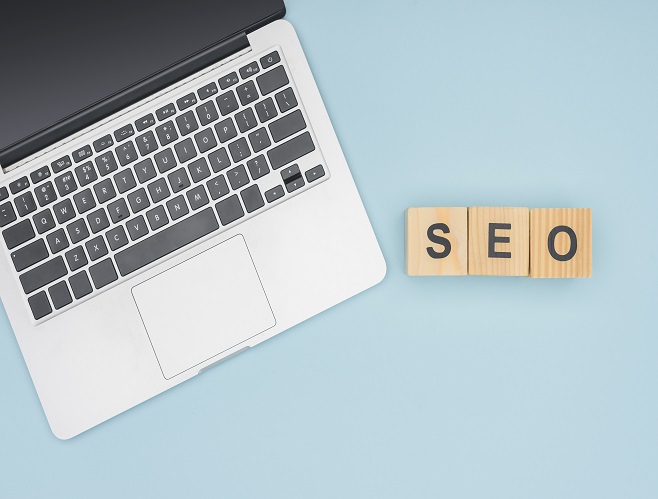
Getting search engines to rank your website at the top of the search results impacts your business in several ways. It provides you with more traffic, more leads and more sales.
In order to get the search engines to fall in love with your website and rank you at the top of the search results, there are a few key steps you need to take.
By now you know how to find the right keywords to target in order to get found online by your ideal clients. The next step is optimizing your website for those keywords, often referred to as on-page optimization. To perform on-page optimization, your goal is to let the search engines know that your website is relevant to specific search terms. That your website offers, what the user is searching for.
Steps to Performing On-Page Optimization.
To perform on-page optimization, you need to place your keywords in key areas on your website.
Generally you want to focus on one main keyword per page. The reason for this is that trying to target too many keywords dilutes the relevance of the page for a specific keyword, making your web page less relevant to the search engines for that keyword. What you can do for greater exposure is use up to four variations of the same keyword. For example if you are a painter and you are optimizing for the term Professional House Painter, you also want to use the following variations so that you can show up for them such as, Professional Painters, Professional Painter, Professional House Painters.
Now on to Performing On-Page Optimization
Optimize Your Page URL.
Instead of having your url include the name of your website menu tab you want to include the keyword that you are optimizing for on that page in your page url. For example, instead of www.yourwebsiteaddress.com/about-us, you want to have www.yourwebsiteaddress.com/painting-company. ‘Painting Company’ is much more relevant to a user search than ‘about us’; about us can mean anything and does nothing to bring your target clients to your website.
Optimize Your Page Title.
Your page title is the first line of text that shows up in search engines’ results when someone conducts a search. You want to limit your page title to 55-60 characters. Most importantly you want to include the keyword that you are targeting in your page title as well. For greater impact, turn your page title into a catchy headline that will entice visitors to click through. So instead of adding your company name and phone number to the page title as most people do, perhaps you can change it to something more appealing, such as The Best Painting Company in NYC.
Optimize Your Meta Description.
Your meta description shows up directly below your page title in search engine results. This is your sales pitch; you want it to be compelling. Remember, getting to the top of the search engine is half the battle, getting people to click through is the other half. Highlight your value proposition and why you’re the best choice in your meta description and include a call to action e.g. (learn more, call now). Note your meta description should be between 150 and 160 characters in length, otherwise it will be truncated by the search engines.
Optimize Your Page Headline.
The page headline on your website page is referred to as an H1 Tag. It makes the text bolder, bigger and easier to read. It bears the same significance as headlines in newspapers. You should have one H1 Headline Tag per page and you should include your keyword in it. It tells the search engine spiders what your website page content is about and it’s an important factor in search engine rankings.
Optimize Your Page Content.
In order to make your website more relevant to the keyword you are targeting so that you get higher rankings on search engines results you also need to repeat the keyword that you are optimizing that page for throughout the content on that page in a natural manner. I say natural manner, because you want to avoid keyword stuffing. Not only will you get penalized for it by the search engines but it will turn your visitors away if the content makes no sense. You want to strike a balance.
Optimize Your Images.
If there are images on your page, you also want to optimize your images by including the keyword in the file name for the image. You also want to add what is called an ALT tag. The ALT Tag means Alternative Text and it is actually required by law. The ALT Tag helps the user know what the image is about in the event that the image is not rendered. It’s especially important for users who are visually impaired.
To view an image of what this looks like on an actual webpage, click here to view the example, using the keyword chocolate donuts.